For a visualization I need an optical satellite image for a specific rectangular AOI, that is defined by two lat/long coordinates. I tried Mapbox Static Images API, which takes a lat/long bounding box and a resolution in width/height pixel for the output. The problem is that it looks like to me that if ratio of the lat/long box is not the same as the w/h pixels, it will add padding to the lat/long bounding box to fill the w/h of the pixel image.
And this would prevent me from combining the optical image with the other data, because I would not know which image pixel would (roughly) correspond to which lat/long coordinate.
I see three "solutions", but I don't know how to achive any of them.
- "Make" Mapbox return the images with out padding.
- Compute the ratio for the correct w/h pixel ratio using the lat/long coordinate, so there would be no padding. Maybe with https://en.wikipedia.org/wiki/Equirectangular_projection like discussed here: https://stackoverflow.com/a/16271669/380038?
- Find a way to determine the lat/long coordinates of the optical satellite image so I can cut off the possible padding.
I checked How can I extract a satellite image from google maps given a Lat Long Rectangle?, but I would prefer to use my existing paid Mapbox account and I got the impression that I still wouldn't get the exact optical image or the exact corner coordinates of the optical image.


